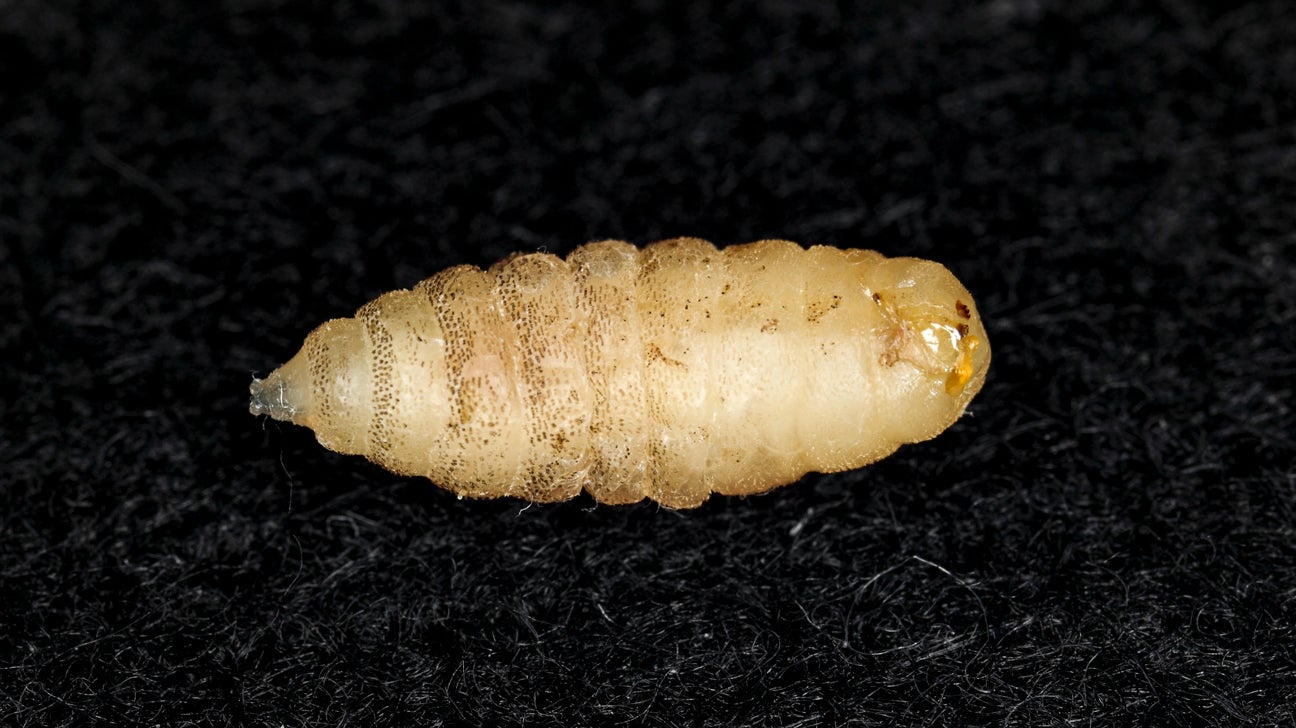
The hatched larvae can remain viable in the soil for 9–15 days, when they need to find a host to continue developing. Life cycle įemale tumbu flies deposit around 300 eggs in sandy soil, often contaminated with feces. In 1903, Grünberg placed the tumbu fly in a new genus, Cordylobia. The larvae of the tumbu fly, Cordylobia anthropophaga, were first described in Senegal in 1862, and Blanchard first described the adult and gave it its name in 1872. de Belgique, Iv, pp. 192–197, 1911) summary translation in Entomological News.

The larvae are always localized on those parts of the hosts which come in immediate contact with the soil." In the region of Lower Katanga where these investigations were made, dogs appeared to be the principal hosts, although Cordylobia larvae were found also in guinea-pigs, a monkey, and two humans. This fly is said to be the most common cause of human or animal myiasis in tropical Africa, from Senegal to Natal.

On reaching full growth, the larvae leave the host, fall to the ground, bury themselves and then pupate. The larvae, known generally as Cayor Worms, crawl over the soil until they come in contact with a mammal, penetrate the skin and lie in the subcutaneous tissue, causing the formation of tumors. Doctors Rodhain and Bequaert conclude, from their observations in the Congo Free State, that Cordylobia anthropophaga lays its eggs on the ground. Its specific epithet anthropophaga derives from the Greek word anthropophagos, "human eater". anthropophaga is found in the subtropics of Africa and is a common cause of myiasis in humans in the region. It is a parasite of large mammals (including humans) during its larval stage. Cordylobia anthropophaga, the mango fly, tumbu fly, tumba fly, putzi fly, or skin maggot fly, is a species of blow-fly common in East and Central Africa.



 0 kommentar(er)
0 kommentar(er)
